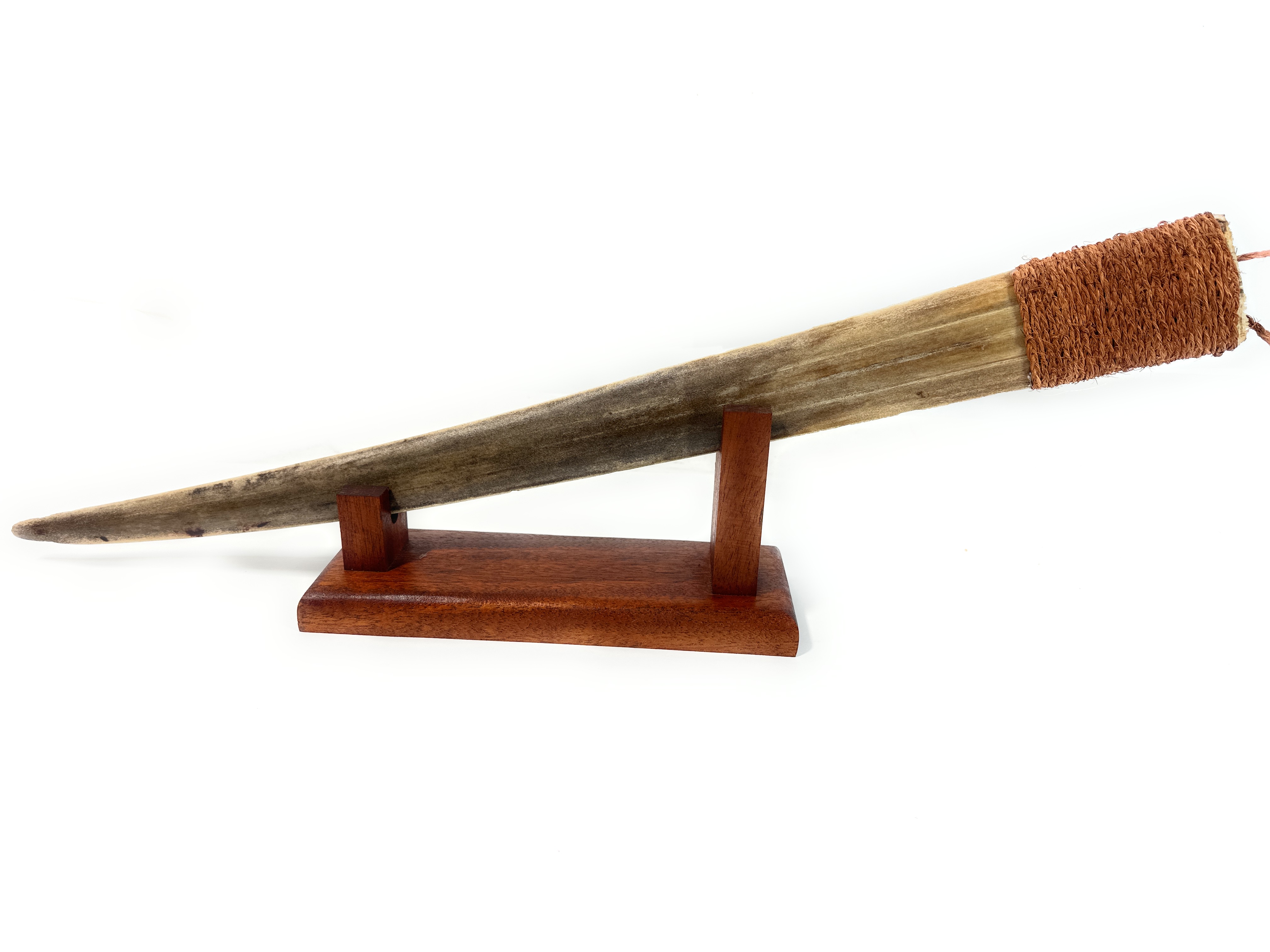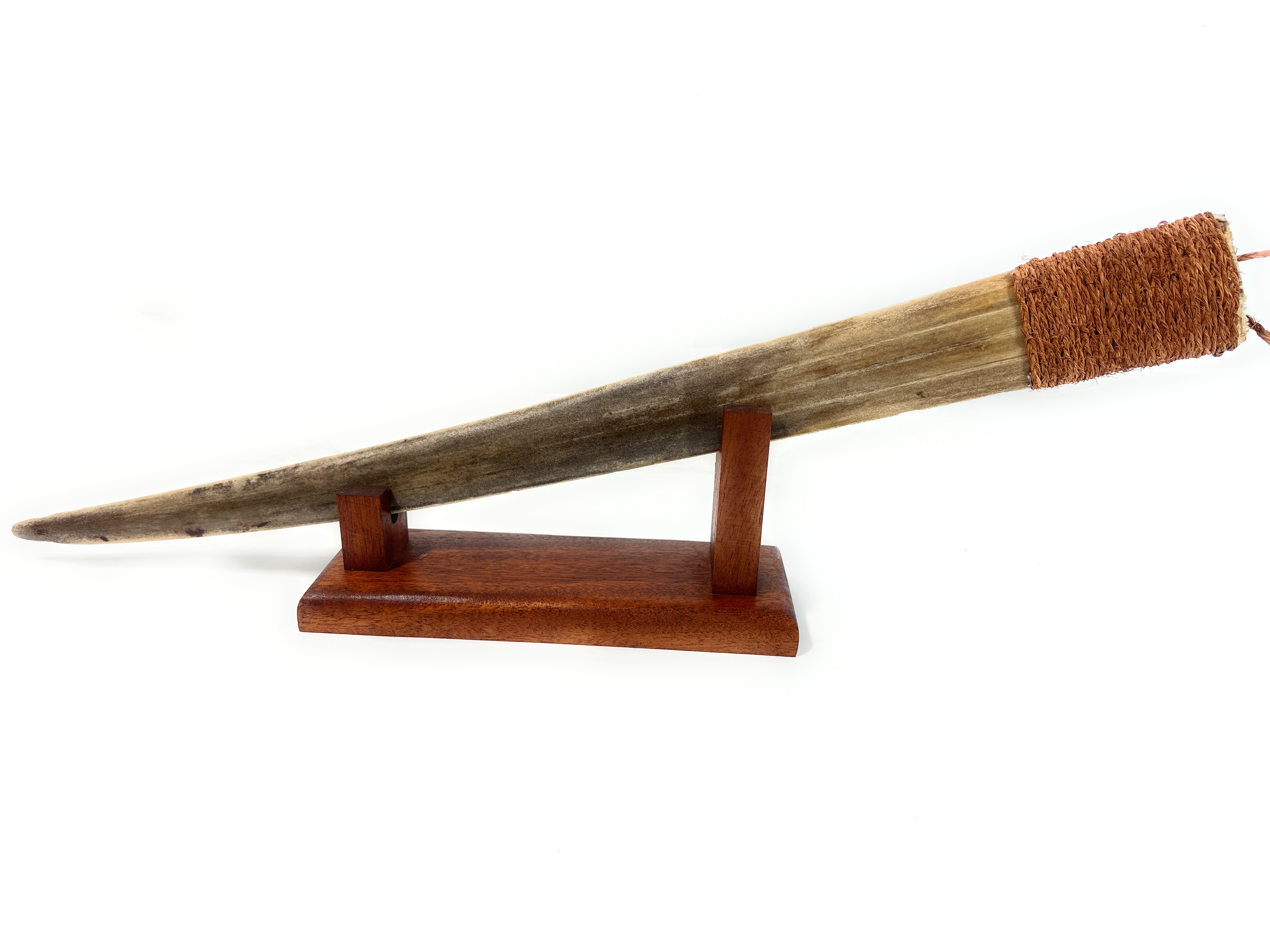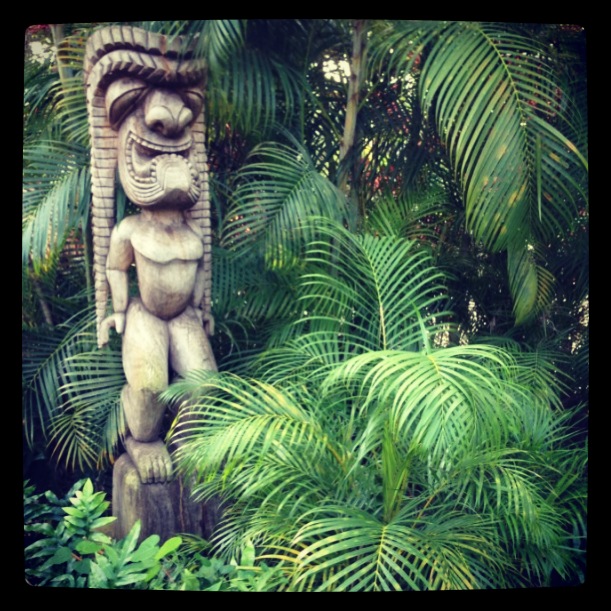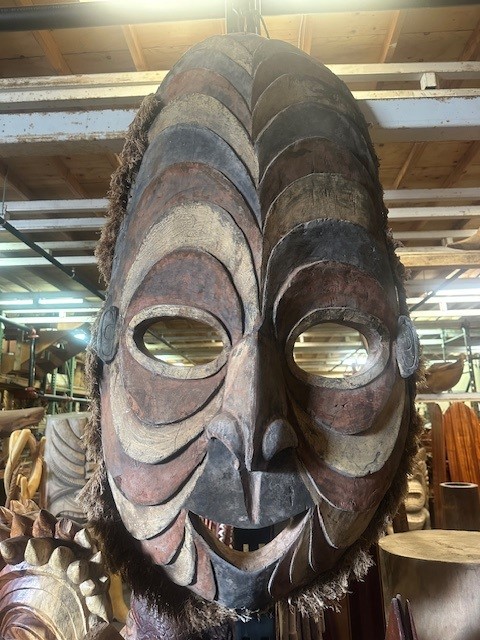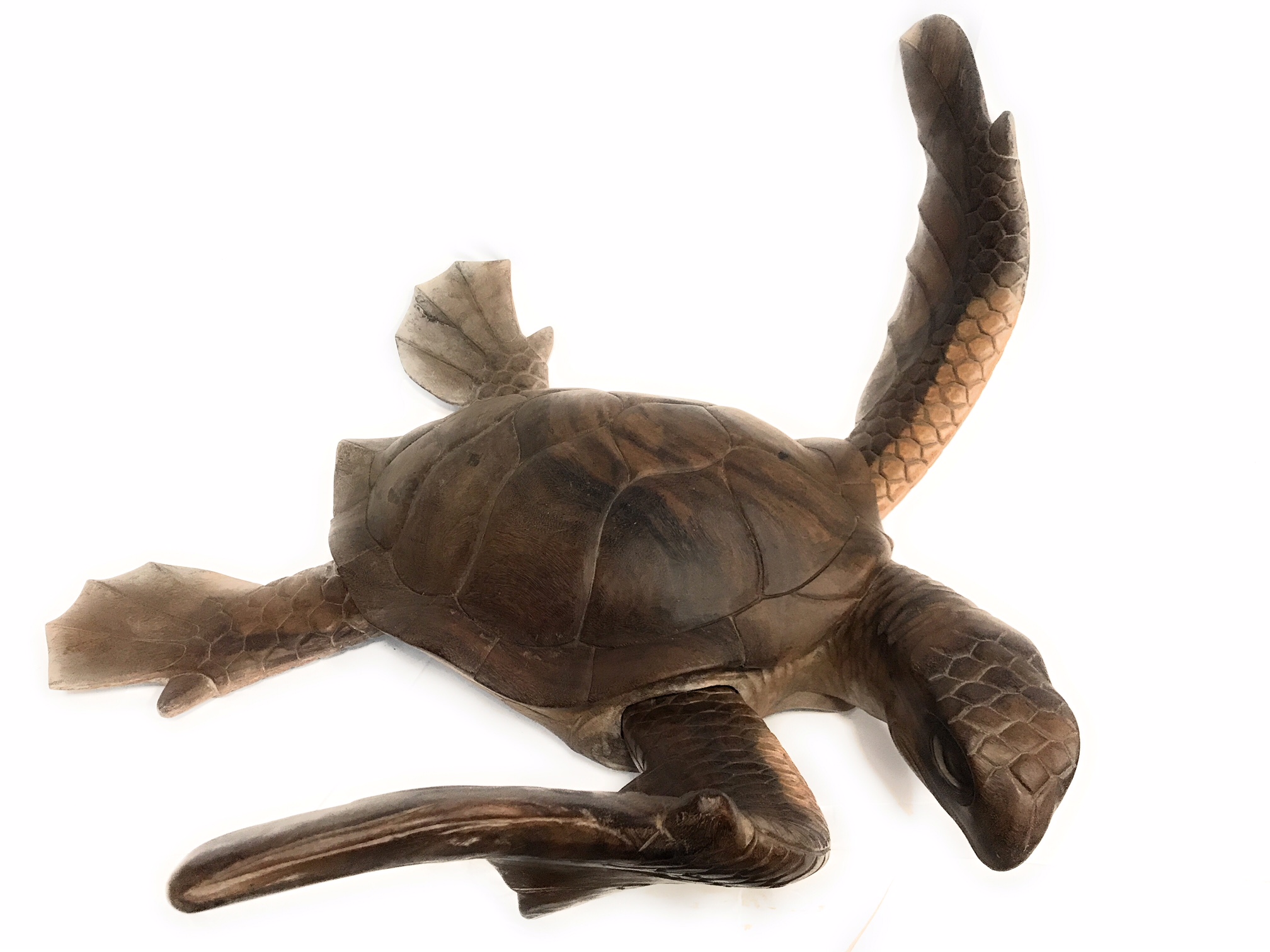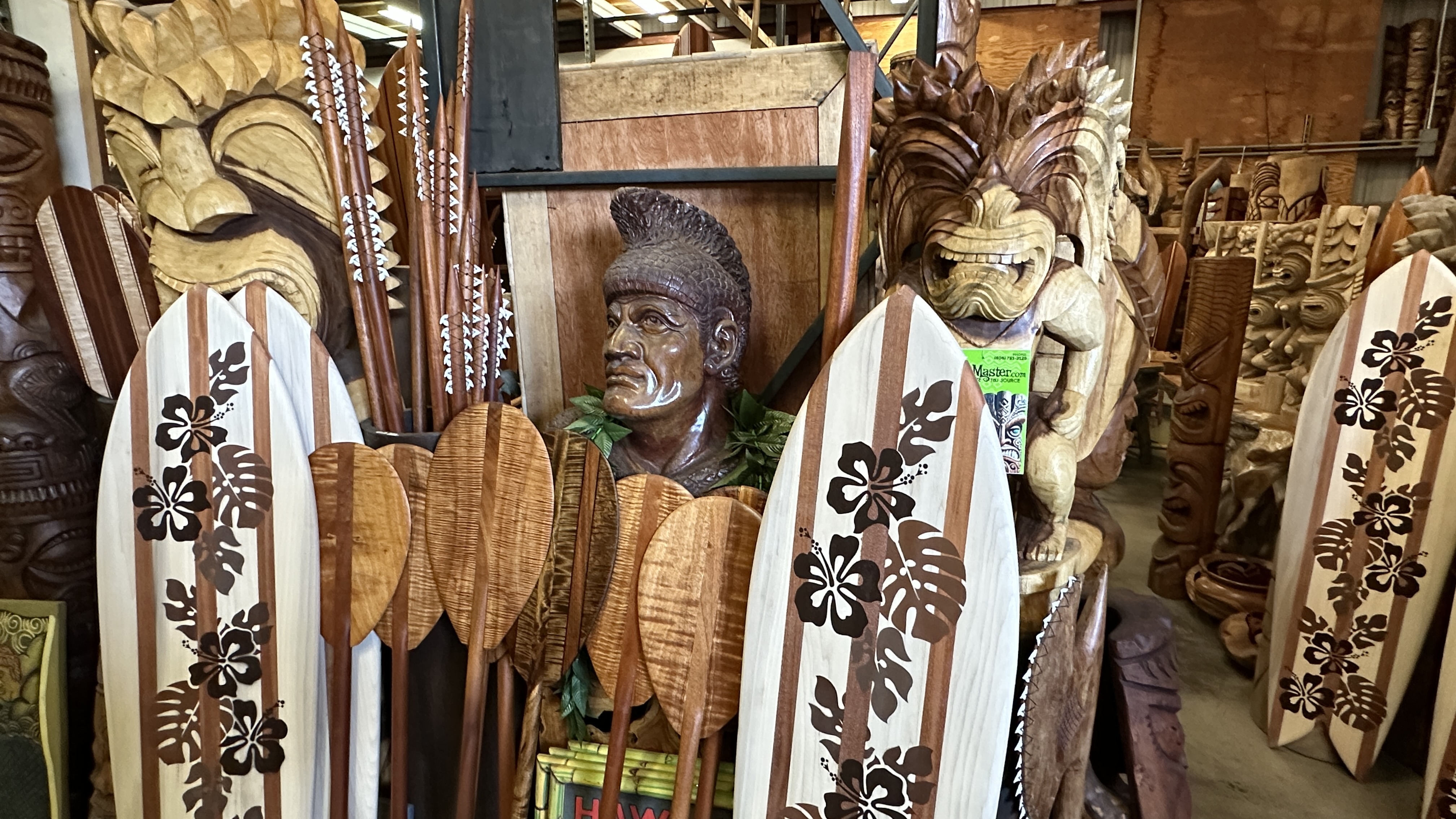where to buy traditional Hawaiian weapons Polynesian battle axe and shark tooth war clubs
From the

Collectors and history enthusiasts often seek these items for their unique beauty and cultural value. But where can one find authentic
This guide will explore the best places to purchase these remarkable artifacts. We'll also delve into their cultural importance and the artistry behind their creation.
Join us as we journey through the world of
The Legacy of Traditional Hawaiian Weapons
Hawaiian warriors, known as koa, wielded these weapons with skill and honor. They played essential roles in both defense and rituals. Each weapon was tailored to suit specific combat needs, crafted with local materials like wood and bone.

The intricate designs represent more than mere utility; they embody Hawaiian artistry. Some weapons were decorated with carvings symbolizing spiritual beliefs and ancestral connections.
Highlights of Hawaiian weaponry include:
Polynesian battle axe : Renowned for its distinctive shape and effectiveness.Shark tooth clubs (Lei o mano ): Valued for their sharpness and symbolic meaning.Koa spear : Made from durable native wood, a testament to strength.
Understanding these weapons allows for a deeper appreciation of Hawaiian heritage. Their legacy continues to inspire cultural pride today. Exploring these artifacts offers a glimpse into the social structures of ancient Hawaii.
Types of Traditional Hawaiian Weapons : From Polynesian Battle Axe to Leiomano
The


Another distinctive weapon is the

The

Some popular Hawaiian weapons include:
Polynesian battle axe Shark tooth clubs (Leiomano )Sailfish bill sword Koa spear
These weapons are treasures of Hawaii's rich cultural tapestry. They provide an insight into the ways of life and the values held by ancient Hawaiians. Understanding these weapons fosters appreciation and respect for Hawaiian heritage.
Cultural Significance and Craftsmanship
The craftsmanship behind these weapons is meticulous. Artisans poured their skill into each piece, transforming natural materials into functional art. The use of wood, bone, and shark teeth highlights their resourcefulness and connection to the land.
These weapons also served ceremonial purposes. They were wielded by chiefs and warriors, like the revered
Where to Buy Traditional Hawaiian Weapons
Finding
Tikimaster: largest collection of Hawaiian war clubs (Oahu)
Online marketplaces are a modern convenience for collectors. Websites dedicated to
Tikimaster.com: Virtual tour
Physical stores also sell these items. Specialty shops in Hawaii or those with a focus on Polynesian culture may carry authentic weapons. Visiting these stores allows a closer inspection before purchase.
Museums and cultural centers sometimes offer replicas for educational use. Although not original, these replicas maintain cultural significance while preserving history. This option is perfect for those who value the educational aspect over originality.
Consider these options when looking to purchase
- Online marketplaces: Reputable sites with verified reviews
- Specialty stores: Both local and those with cultural focus
- Museums: Replicas that adhere to historical accuracy
By exploring these avenues, you can acquire a piece of Hawaiian heritage. Your choices can support cultural preservation while enriching your understanding of Polynesian history.
How to Identify Authentic Cultural Artifacts
Authenticity is crucial when collecting
Knowing the signs of authenticity can guide your purchase. Authentic pieces often exhibit detailed carvings and unique design. Look for signs of aging, such as patina, which indicates historical use.
Consider these factors when verifying authenticity:
- Craftsmanship: Fine details and artistry
- Materials: Use of traditional, age-appropriate materials
- Documentation: Proven history or story of the item
Consult experts or appraisers familiar with Hawaiian artifacts. They can provide insights that ensure your purchase is both genuine and valued, safeguarding the cultural essence of your collection.
Legal and Ethical Considerations When Purchasing
Purchasing
Ethical considerations are equally important. Understand the cultural significance of each piece and support sellers who practice respectful sourcing. Your informed choices help preserve and honor the rich traditions of
Caring for and Displaying Your Collection
Proper care for your
Consider these tips:
- Keep away from direct sunlight to prevent fading.
- Use secure mounts to prevent damage.
- Clean gently with appropriate materials.
These steps ensure preservation and respectful display, celebrating the artistry and history of
Conclusion: Preserving Hawaiian Heritage Through Artifacts
Preserving
By collecting, preserving, and learning about these weapons, we ensure that future generations understand and appreciate Hawaiian heritage. Engaging with these historical pieces supports the broader movement of reviving indigenous cultures worldwide.






